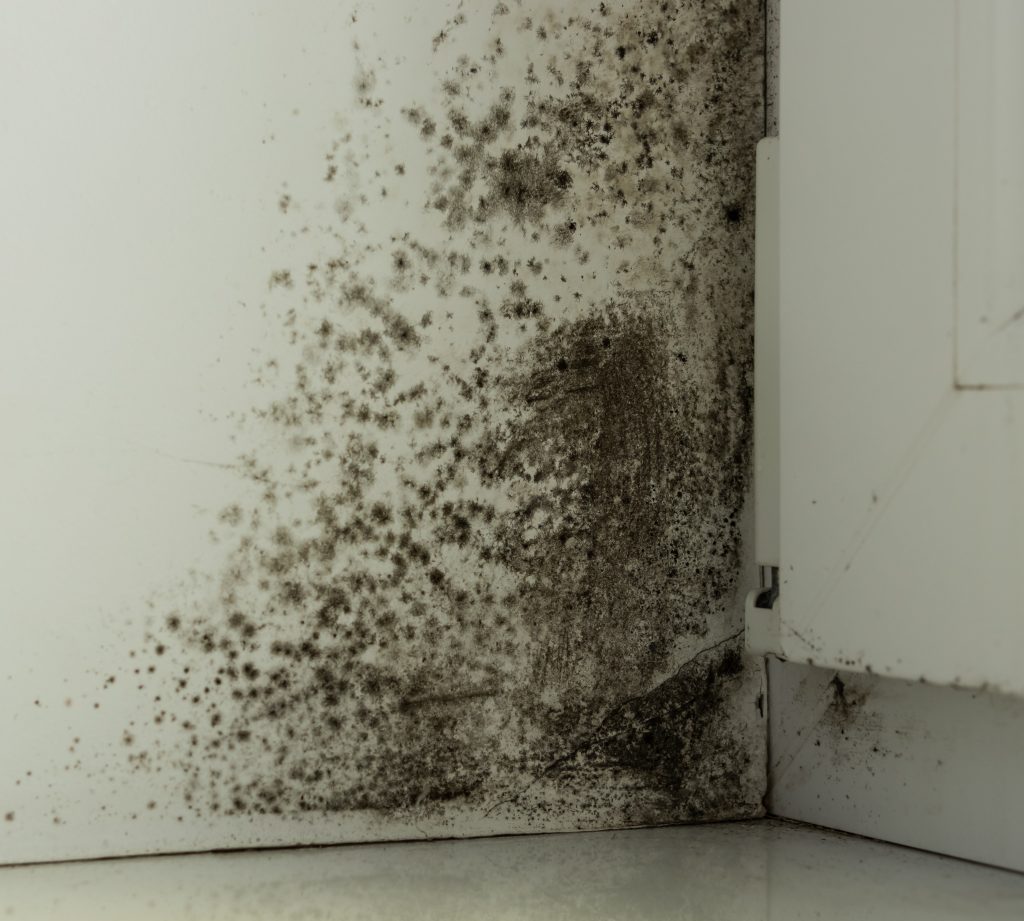Frequently asked questions about mold-related illness

By ISEAI.org
When one person in a household is diagnosed with mold illness, it can affect the whole family. There are often many changes needed to improve the indoor air quality in the home.
These environmental and lifestyle changes affect everyone in the household, and often lead to questions. Here are some of the questions ISEAI medical and indoor environmental professionals hear most often.
Mold spores are everywhere, including outside. Isn’t mold normal?
It’s true that mold spores exist at background levels in the air, including outdoors. However, mold growing indoors is not normal. Mold growing indoors indicates water damage and/or elevated moisture, both of which need to be fixed to have good indoor air quality.
When mold grows in damp conditions indoors, a variety of related contaminants also follow, including mVOCs (recognizable as ‘musty’ smell), mycotoxins, fungal fragments, bacteria and more. Each one of these is a concern in its own right. Rather than getting too detailed about each type of individual contaminant, it can be summarized that water damage is a problem that must always be fixed, not ignored.
If mold was the problem, wouldn’t everyone in the house be sick?
It seems like that would be true, but actually, no. The same way that a whole family can be exposed to the flu, and only one person gets sick, immune system responses to pathogens and toxins are highly individual. They are not the same for all people. It is possible for people to have reactions to mold ranging from no symptoms, to “allergies” with nasal congestion, to debilitating illness. Unlike the flu, mold exposure tends to be ongoing in a home, and symptoms can persist for years.
If we find mold, we can spray (kill) it, and then the problem is solved, right?
No. Mold that is ‘dead or alive’ can be problematic. Many of the related contaminants (mVOCs, fungal fragments, mycotoxins) actually cannot be killed because they are not alive in the first place. Killing the mold does not remove the contaminants. In many cases, it adds chemical contamination to the existing problem. Mold and related contaminants need to be physically removed through safe cleaning methods that are effective for very small particles. This is a technical and detailed process.
If I can’t see mold, can it really be affecting the air that we breathe?
Yes. Mold that is hidden in a wall, underneath carpeting, inside of HVAC, in an attic, basement or crawlspace, and more, can often enter living space air through: 1) the natural physics of air movement and pressure differentials, 2) forced air systems (heating or A/C) or 3) movement (agitation) by people.
The International Society for Environmentally Acquired Illness (ISEAI) is a nonprofit professional medical society. It focuses on understanding and addressing illnesses that result from environmental exposures. More at ISEAI.org.




















We invite you to comment on our Facebook page.
Visit LymeDisease.org Facebook Page